I have been thinking a lot about how the West is experiencing unprecedented drought. Reports show that the state of California is going on a 1,200 year megadrought. Many of the reservoirs that provide the water for a state of nearly 40 million people are below half of their capacity. There are some intriguing options out there, but I wanted to see if there were other options that we might not be considering.
For example, a popular choice is desalination. It takes a virtually unlimited resource, the ocean, and converts some of it into safe, consumable water. It has some negatives though. The facilities are expensive, costing about $100 million to serve 300,000 people. It also is not the most efficient process. During the conversion which is about a 2:1 efficiency, it leaves a byproduct, raw salt, which if dumped back into the ocean kills the marine life. In theory, we could convert the salt into another usable product.
Idea 1 – Dehumidifiers, yes really.
Still, it had me wondering, what about the water in the air? Would a dehumidifier work? I know, it seems unorthodox, but we are only exploring an idea. There is no need to discount it immediately just because it seems so different. So what would that look like and what does the math show? First, let’s look at a typical dehumidifier.
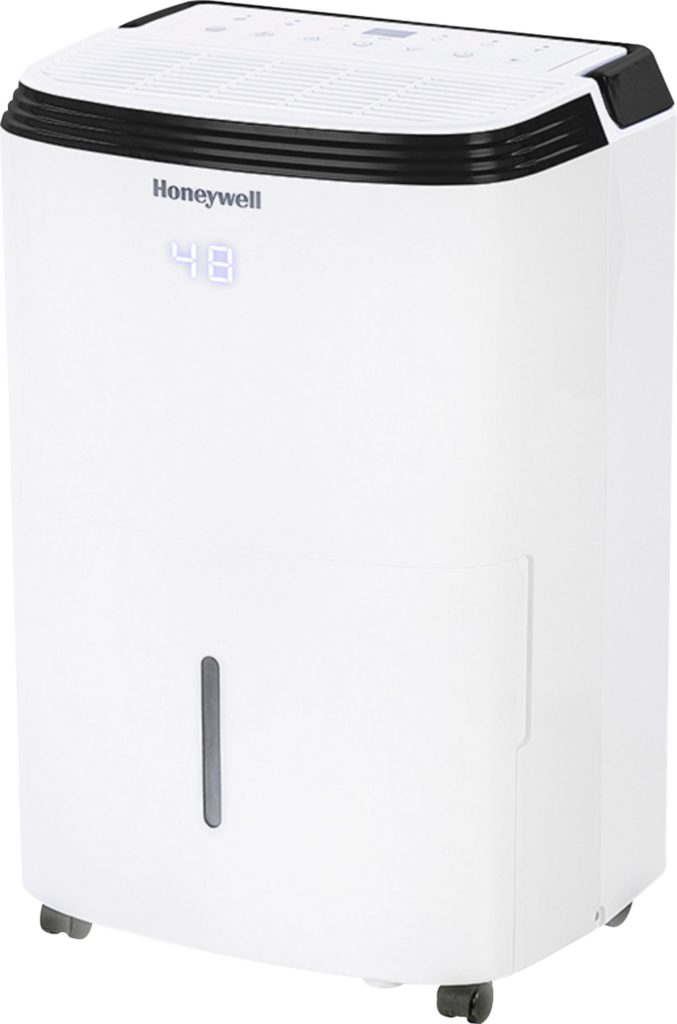
Here is a basic, portable dehumidifier. It’s about $340 and it extracts about 70 pints a day of water from the air. With a conversion rate of 8 pints to 1 gallon that means approximately 9 (8.75) gallons of water a day. In theory, that is ~3,194 gallons a year. Interesting, but not very practical.
What if we used a an outdoor unit near the air conditioner’s condenser unit? How powerful is that?
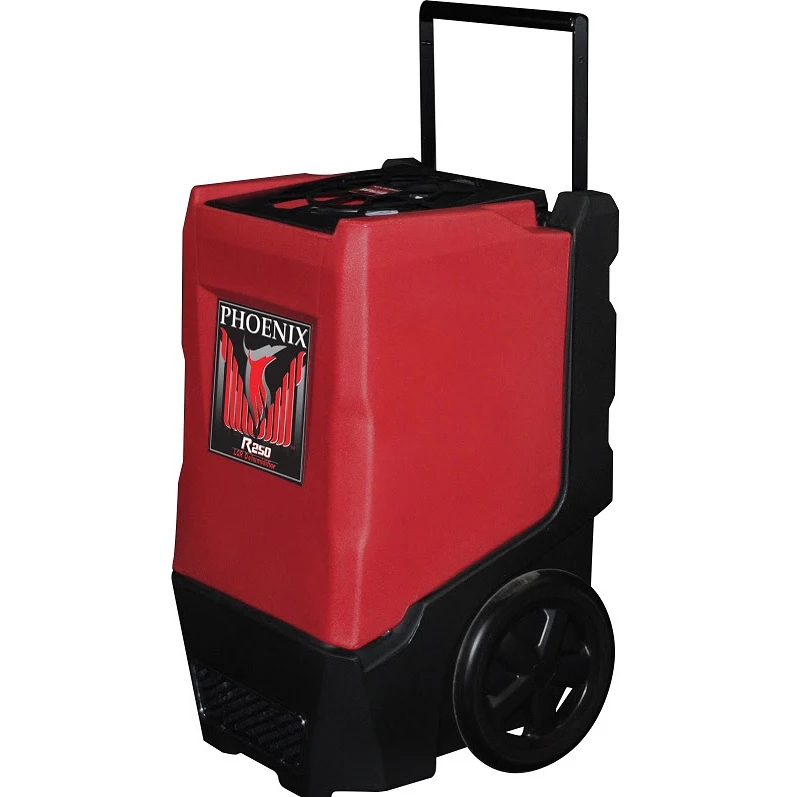
Here is an industrial dehumidifier. It’s about $3,000 and extracts 135 pints a day of moisture from the air. With a conversion rate of 8 pints to 1 gallon that means approximately 17 (16.875) gallons of water a day. In theory, that is ~6,159 gallons a year. That is about 63% more powerful. As a possible side bonus with the air being drier the air conditioner would be more efficient and therefore use less power.
It might sound like a lot, but it isn’t. Consider the average person in California uses an average of 85 gallons of water per day. Still, 17 gallons does help as that is 20% of the daily use. Plus, we could even scale up and go bigger. For example, there are industrial dehumidifiers that can do 30 gallons a day. That would offset 35% of daily use. Curiously, the water legislation is asking for California residents to cut down their water usage and not use more than 55 gallons a day. Theoretically, that reduction from 85 to 55 could be offset by using our dehumidifier example.
What if we scale the solution out, i.e a builder implements it for a neighborhood with 1,000 houses. Would that help?
Taking the above industrial dehumidifier into consideration and installing with a new home build that would yield a theoretical output of 16,875 gallons a day for the neighborhood or about 6,159,375 gallons of water in a year. Keep in mind this is for a single unit installed at a residence with multiple people whereas our proof of concept idea was based on a single unit per person. That diminishes the effectiveness greatly considering the average household is 3 people. That drops our efficiency to about 12%. There are larger dehumidifiers that can be used, but we will continue with the idea of a single unit per house.
Is that enough to fill a reservoir? Well it depends since they are not all the same size. Here are the top 10 reservoirs and their capacity levels. Notice that most are at levels far below capacity.
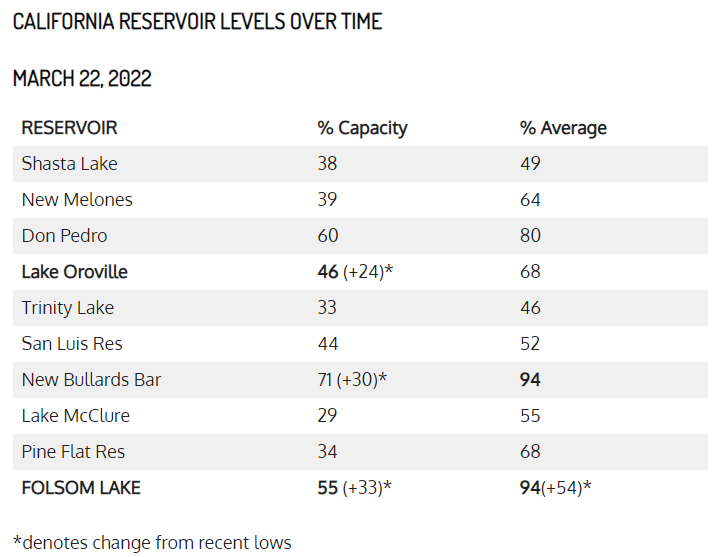
Look at Folsom Lake. Lakes are so massive that the amount of water is not measured in gallons, but instead in acre-feet. The total capacity for Folsom Lake is 976,000 acre-feet. Since it is at 55% capacity that tells us that it can still grow by 45%. In theory, if we wanted to fill the lake to the very top, it would take about an additional 439,200 acre-feet. So based on our neighborhood pilot program of 1,000 houses equipped with a dehumidifier how much water would that take to fill up Folsom Lake?
The conversion of gallons to acre-feet is ~325,851 gallons to 1 acre-feet. I know, massive. So in our pilot program, we would be able to fill approximately 19 acre-feet in a given year. So that means our 1,000 house pilot program can fill up Folsom Lake at .002 percent. It sounds terrible, but consider that is a pilot of only 1,000 houses. Folsom Lake supports millions of people in the nearby Sacramento area. Heck, even the City of Folsom has a population of 78,159. In theory, if you were to put one unit per person in the city itself, that would yield a rate of 1,328,703 gallons a day or 484,976,595 gallons a year. Converting that into acre-units to refill the lake itself would be 1,488 acre-feet. Not great, not terrible.
Ok, so the math works… kinda. Remember, we are just exploring an idea to see the boundaries of what it can and can’t do. With ideas, over time you should always look to improve efficiency, scalability, and resiliency.
So what about the water? Where does it go?
The measure of many ideas is the simplicity. Thanks to modern day plumbing and storm sewer infrastructure, it would be reclaiming the water into the existing water tunnels that we use today. Those same tunnels go to water treatment facilities that then allow the water to be reused safely.
If a large outdoor AC unit uses up a lot of power wouldn’t this?
No. An industrial dehumidifier such as the one in our example uses a maximum of 8.3A of power at 110V. That means 913 watts. For comparison, a typical AC unit for a 2,500 square foot house will use about 2,420 watts of power. A refrigerator uses about 750.

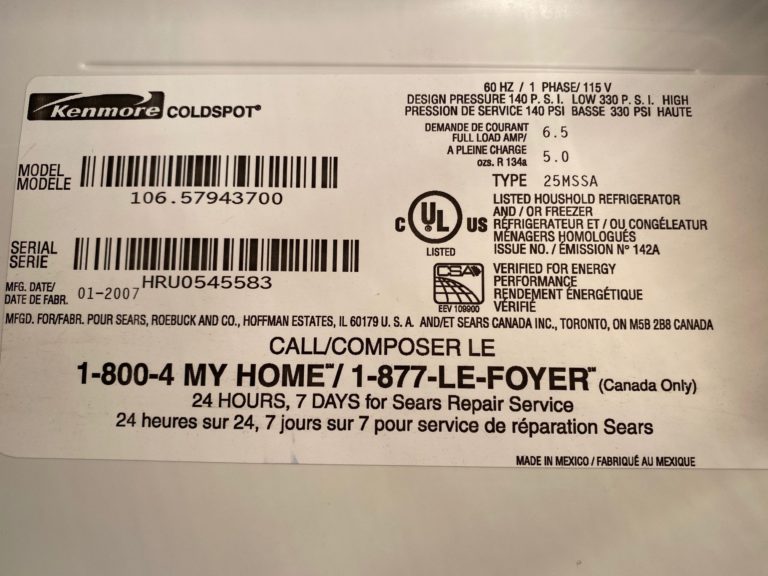
Here is a handy chart to give a rough idea.
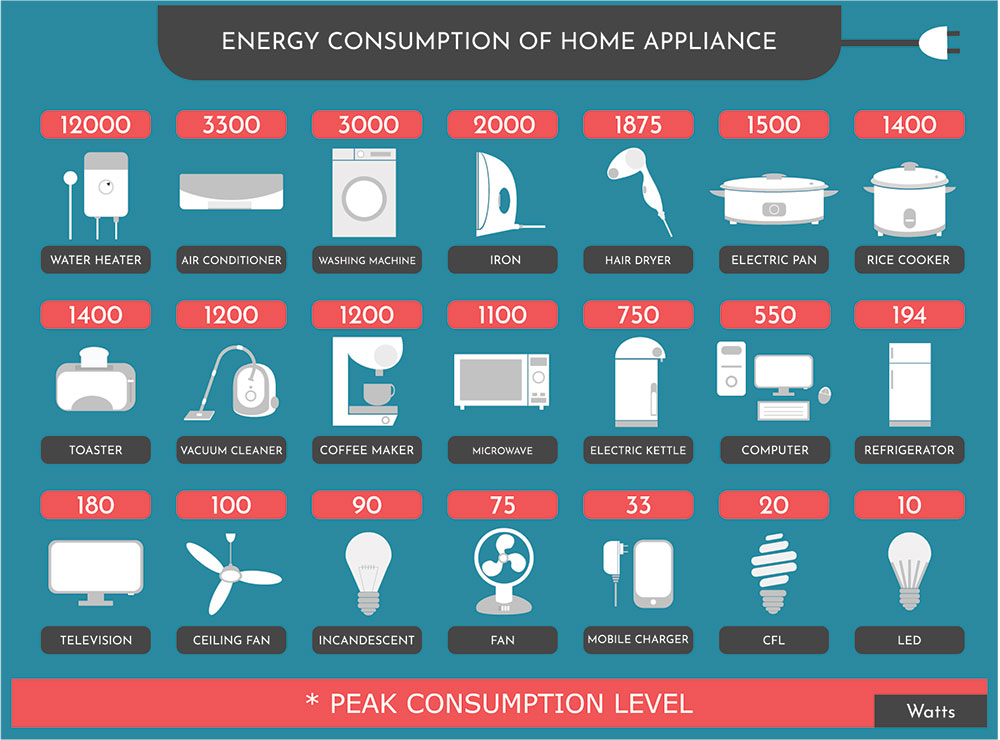
Additionally, keep in mind that there is an untested possibility that lowering the water moisture in the air near the air conditioner will help it to use less power.
What about power? How much would that cost?
California currently requires new home construction to have solar panels installed. To offset the dehumidifier and consume no additional power we will install a one time set of solar panels. Currently, those same solar panels range from 150 to 370 watts with an average of 250 watts. That means we would need to add about 4 average sized panels to our new build. Based on Homeadvisor, with an average cost of $275 per panel that would be about $1,100 added to our $3,000 industrial dehumidifier for a total parts cost of $4,100.
Other things to consider:
This was just a thought exercise. We still need to factor in labor and permits. This does not account for smaller costs such as tapping into existing plumbing or running a line to a storm sewer. Also, keep in mind that some areas will have more or less relative humidity which means that areas of higher relative humidity will be more important for water generation as will the distances from those locations to the reservoirs.
Idea 2 – The Martian Approach.
What is the most abundant element in the known universe? Hydrogen. What is the ocean made out of? Hydrogen. What if we harvested hydrogen from seawater and combined that with Oxygen? Would that work? Mark Watney did something similar.
There are actually many ways to get hydrogen. Let’s consider one method, electrolysis using electrolyzers. Currently, the technology of creating hydrogen from renewable energy sources does exist, but is not yet cheap at scale. If the Hydrogen Energy Earthshot is successful, then that means a cost of $2 per kilogram by 2025 or $1 per kilogram by 2030.
The interesting thing is that it takes way more oxygen than hydrogen to make water due to the moles. So if we were to take 6 grams of hydrogen and combine it with 48 grams of oxygen we would make 54 grams of water. That means for every gram of hydrogen you can essentially make 9 grams of water. That is pretty damn good. It really comes down to the cost to produce.
Ok so let’s translate this. 1 gallon is equal to 3785.41 grams which is the same thing as 1 gallon is equal to 3.785 kilograms. That means by 2025, 1 gallon of water made via electrolysis would cost $7.57 and by 2030, $3.79. It seems high, but at least that gallon of water is cheaper than a gallon of unleaded fuel which as of this writing was $3.89 a gallon.
If we wanted to fill up the reservoirs, converting from gallons to acre-feet would cost roughly $1.2 million per acre-feet. That means to fill that same 1,488 acre-feet in our dehumidifier example would cost $1.8 billion. Compared to our dehumidifier which cost $4,100 in parts that would be $320 million or about 17% of the cost.
Remember the desalination method we started this article with? It costs an average of $3.38 per 1,000 gallons of seawater or roughly $.0034 per gallon. That is less than a penny per gallon making it the true winner from a cost perspective.
Closing thoughts:
In the end, there are no magic bullets. In order to solve the water crisis, it will take an aggregate of measures that work together to help solve the climate issues that future generations are going to be facing.
